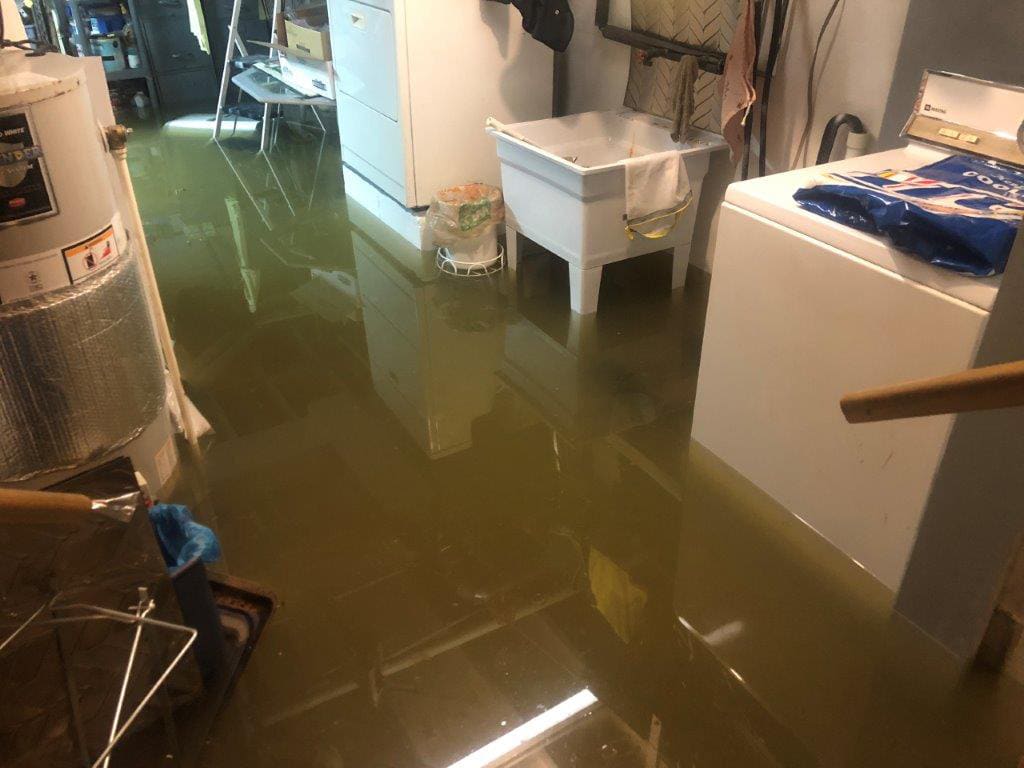6 Water Damage Reconstruction Do's and Don'ts.
6 Water Damage Reconstruction Do's and Don'ts.
Blog Article
We've found the article pertaining to Ways to Reduce The Risk Of Fire And Water Damage listed below on the internet and concluded it made sense to share it with you here.

Water provides life, however water invasion on some components where it's not supposed to be can lead to damages and hassle. It can peel away the surface area and also wear down the material's structure if the water leaks right into your structure. Mold and mildew also prosper in a moist environment, which can be hazardous for your and your family members's health and wellness. Furthermore, houses with water damage smell stuffy and old.
Water can come from lots of sources like tropical cyclones, floodings, ruptured pipes, leaks, as well as sewer issues. If you have water damages, it's much better to have a working knowledge of safety precautions. Right here are a few guidelines on exactly how to handle water damages.
Do Prioritize House Insurance Policy Insurance Coverage
Seasonal water damage can originate from floods, seasonal rains, and also wind. There is also an occurrence of a sudden flooding, whether it came from a malfunctioning pipeline that all of a sudden bursts into your residence. To secure your house, get house insurance that covers both disasters such as natural calamities, and also emergency situations like damaged plumbing.
Do Not Fail To Remember to Switch Off Utilities
When disaster strikes and you remain in a flood-prone location, shut off the primary electrical circuit. Turning off the power avoids
electrical shocks when water is available in as water functions as a conductor. Do not forget to switch off the main water line shutoff as a method to stop more damages.
If the floodwaters are getting high, keep your furnishings secure as they can move around and also cause extra damages.
Do Stay Proactive and Heed Climate Signals
If you live in an area plagued by floods, remain prepared and also aggressive at all times. Pay attention to the information as well as evacuation warnings if you live near a body of water like a river, lake, or creek .
Don't Neglect the Roof
Your roofing professional ought to take treatment of the faulty seamless gutters or any various other indicators of damage or weakening. An examination will certainly prevent water from moving down your wall surfaces as well as saturating your ceiling.
Do Pay Attention to Little Leakages
A burst pipe does not happen in a vacuum or overnight. There are red flags that can attract your attention as well as show to you some weakened pipes in your house. Indications of red flags in your pipes include bubbling paint, peeling wallpaper, water touches, water spots, or trickling sounds behind the wall surfaces. There are signs that the pipe will rupture. Don't wait for an escalation if you see these indicators. Fixing as well as inspect your plumbing fixed prior to it causes large damage to your residence, finances, as well as a personal nightmare.
Don't Panic in Case of a Burst Pipeline
Timing is crucial when it comes to water damages. If a pipeline bursts in your residence, instantly shut off your primary water shutoff to reduce off the source as well as avoid even more damages. Call a respectable water damage reconstruction expert for help.
Water gives life, yet water breach on some parts where it's not meant to be can result in damage and inconvenience. In enhancement, residences with water damages odor old as well as moldy.
Seasonal water damages can come from floodings, seasonal rainfalls, as well as wind. Indications of red flags in your pipes consist of bubbling paint, peeling off wallpaper, water touches, water spots, or dripping sounds behind the walls. If a pipeline bursts in your residence, quickly closed off your primary water valve to reduce off the resource and also stop even more damages.
Some Do's & Don't When Dealing with a Water Damage
DO:
Make sure the water source has been eliminated. Contact a plumber if needed. Turn off circuit breakers supplying electricity to wet areas and unplug any electronics that are on wet carpet or surfaces Remove small furniture items Remove as much excess water as possible by mopping or blotting; Use WHITE towels to blot wet carpeting Wipe water from wooden furniture after removing anything on it Remove and prop up wet upholstery cushions for even drying (check for any bleeding) Pin up curtains or furniture skirts if needed Place aluminum foil, saucers or wood blocks between furniture legs and wet carpet Turn on air conditioning for maximum drying in winter and open windows in the summer Open any drawers and cabinets affected for complete drying but do not force them open Remove any valuable art objects or paintings to a safe, dry place Open any suitcases or luggage that may have been affected to dry, preferably in sunlight Hang any fur or leather goods to dry at room temperature Punch small holes in sagging ceilings to relieve trapped water (don't forget to place pans beneath!); however, if the ceiling is sagging extremely low, stay out of the room and we'll take care of it DO NOT:
Leave wet fabrics in place; dry them as soon as possible Leave books, magazines or any other colored items on wet carpets or floor Use your household vacuum to remove water Use TV's or other electronics/appliances while standing on wet carpets or floors; especially not on wet concrete floors Turn on ceiling fixtures if the ceiling is wet Turn your heat up, unless instructed otherwise

We hope you liked our piece about Preventing Fires and Water Damage In Your Home. Thanks a lot for spending some time to read our short article. Sharing is good. Who knows, you may very well be doing someone a favor. We value reading our article about Reducing Your Risk Of Water And Fire Damage At Home.
Report this page